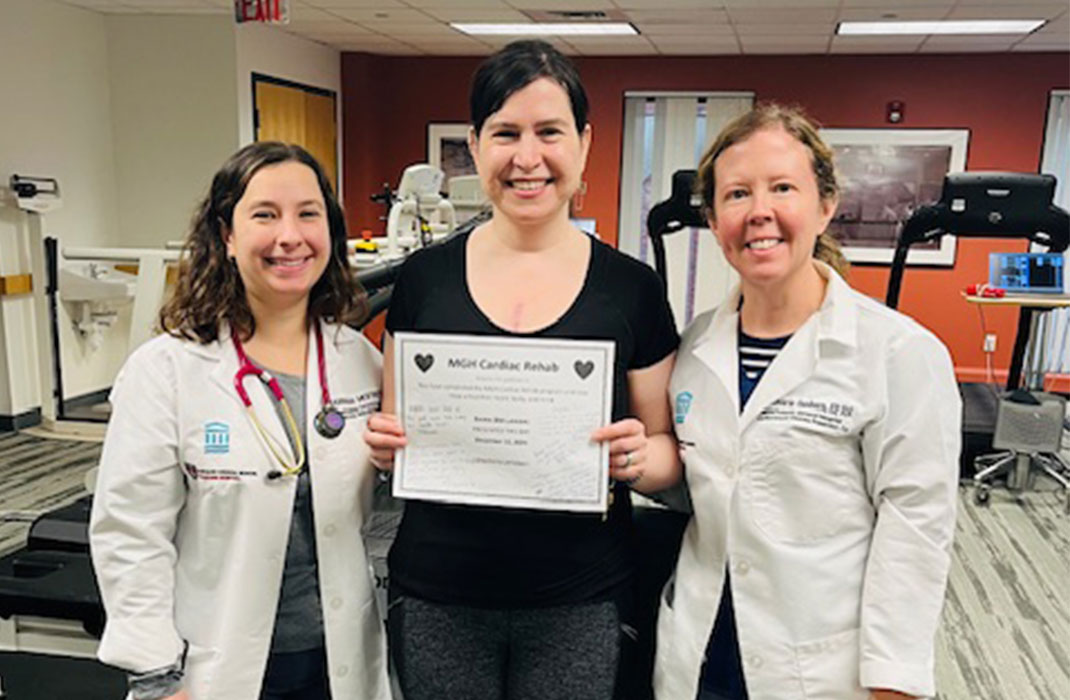The Ross procedure is performed under general anesthesia and typically takes four to six hours. The operation is performed by sternotomy, which means the surgeon will make an incision in the middle of your chest and open the breast bone.
During surgery:
- You will be connected to the heart-lung machine, which will take over the job of your heart and lungs so that your heart can be safely stopped. A dedicated perfusionist manages your heart-lung machine throughout the procedure.
- After your heart is stopped, both the aortic and pulmonary valves are meticulously inspected.
- Your diseased aortic valve is removed.
- Your pulmonary valve is removed from the right ventricle and implanted into the left ventricle.
- A donated human pulmonary valve is implanted into your right ventricle.
- Your heart is restarted, and the heart-lung machine is discontinued.
- Your chest is closed and, in most cases, you will be woken up and your breathing tube will be removed prior to your leaving the operating room.



